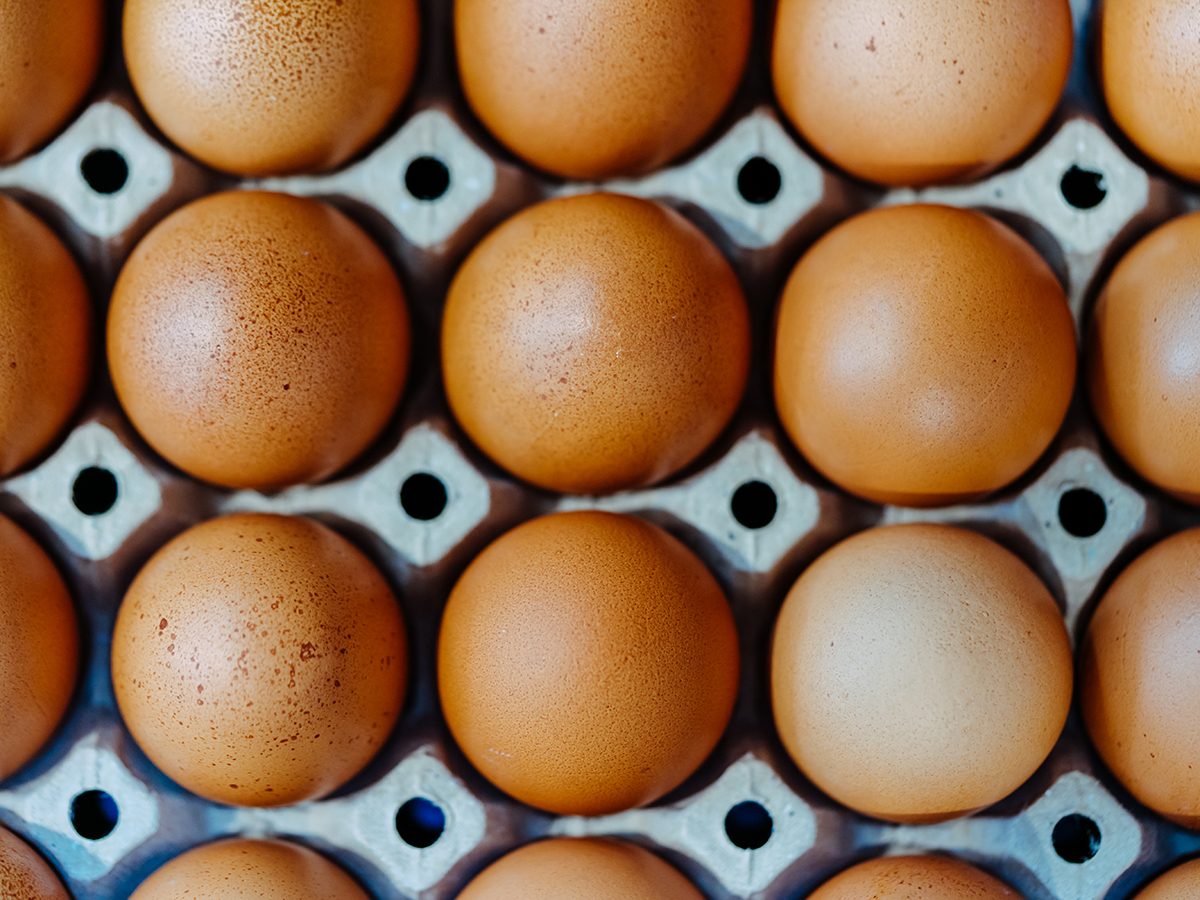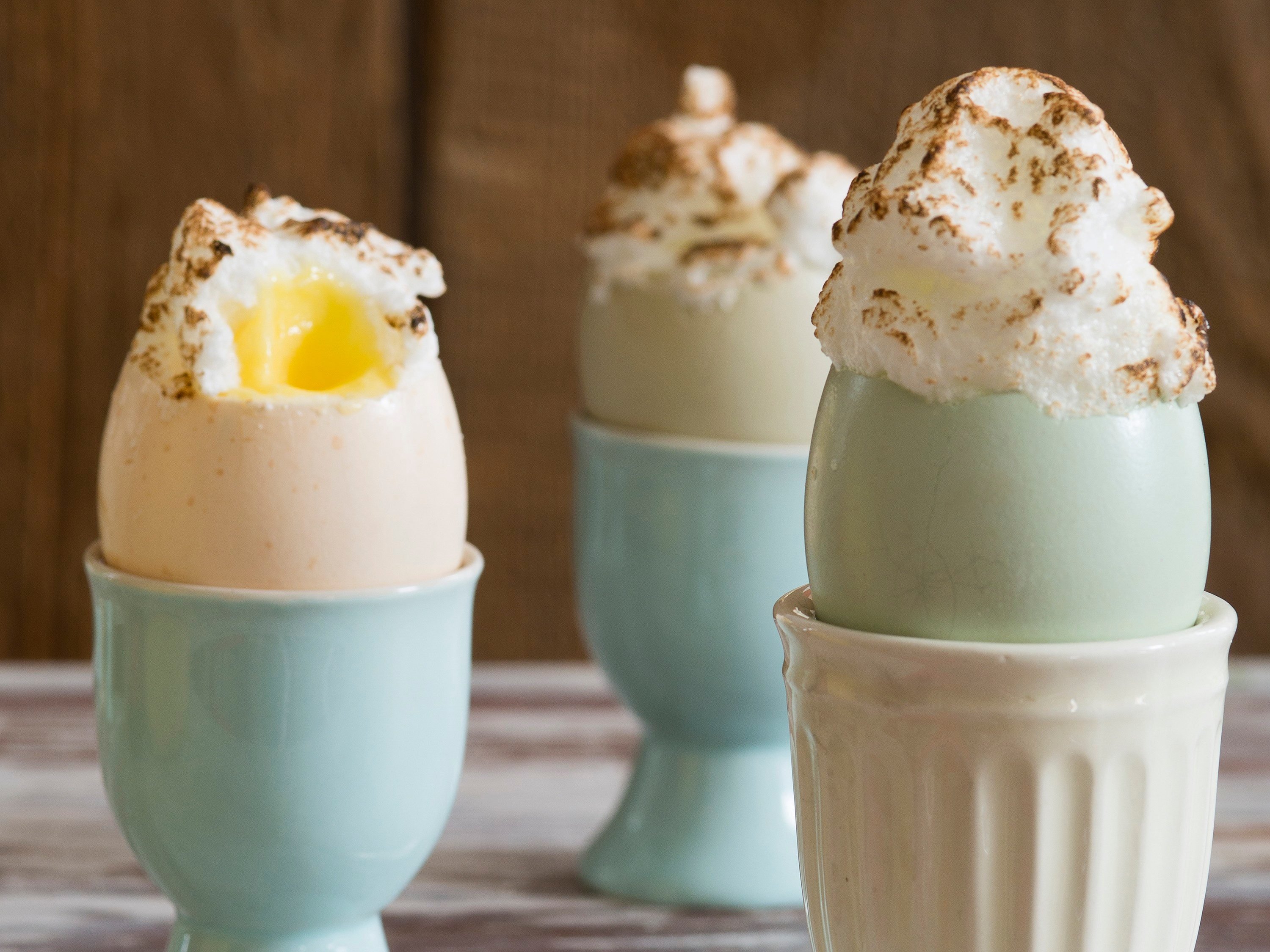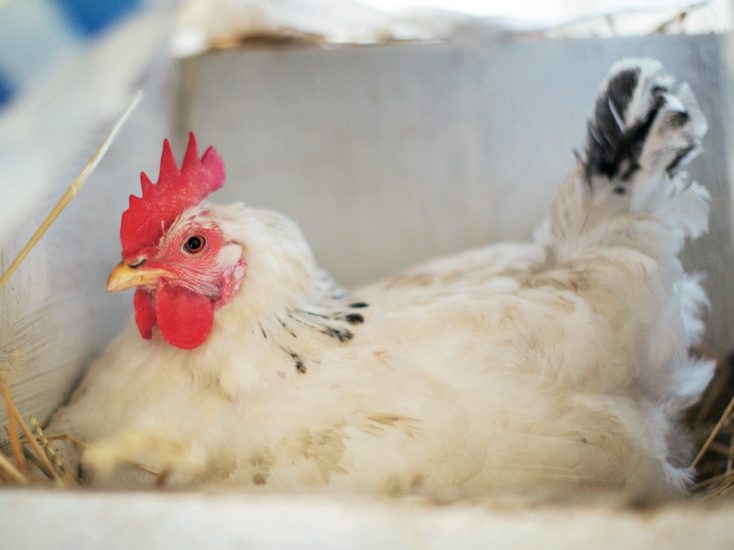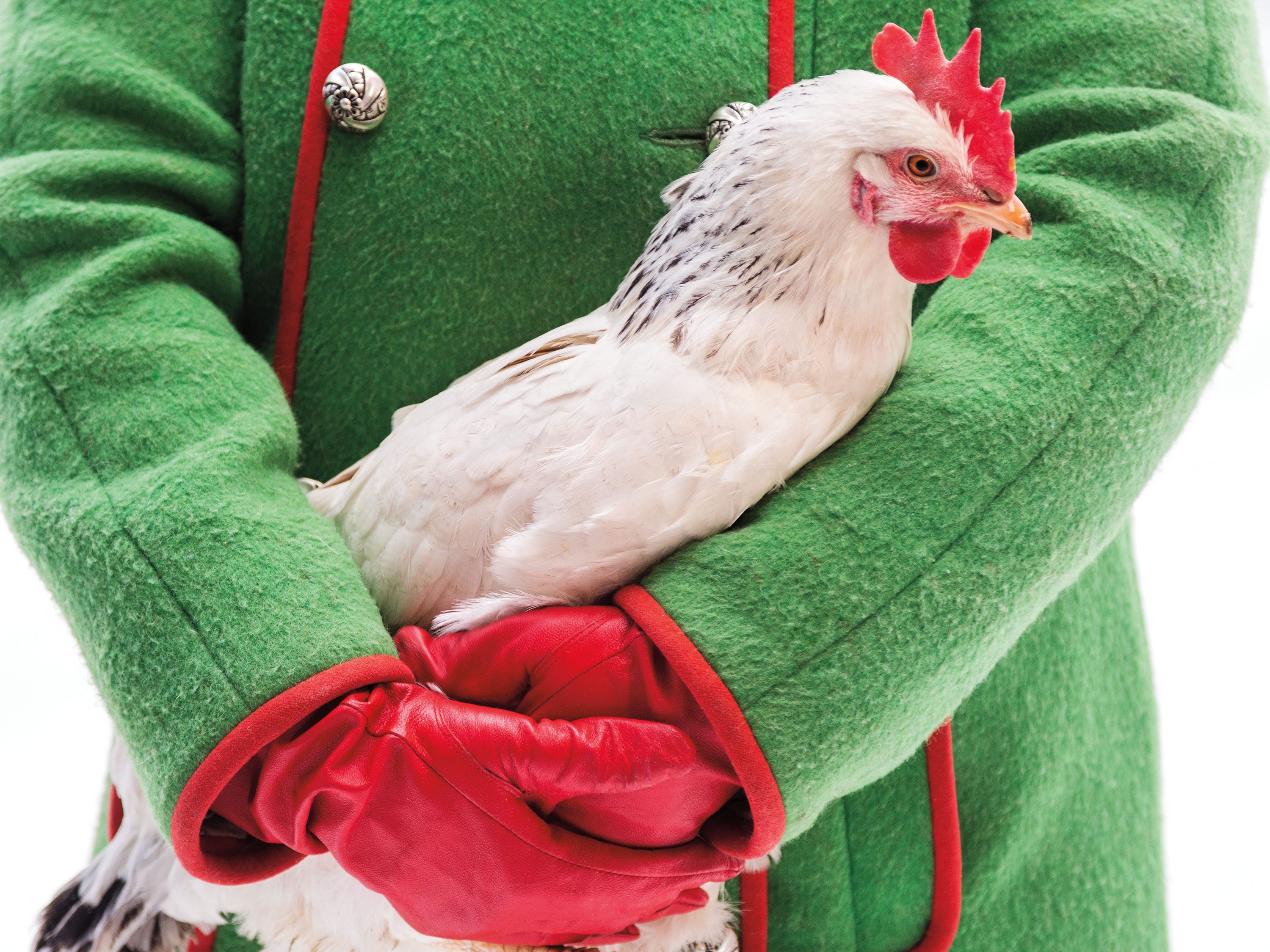
The Art of Making Hard-Boiled Eggs and Soft-Boiled Eggs
Sounds simple, right? Water + egg + heat + time = soft-boiled egg or hard-boiled egg. Oh, but what about that creepy greenish tinge the yolk gets? Or whites that are rubbery or bulging through cracks? You see? There’s much to consider.

How to Make a Hard-Boiled Egg, My Way
Here’s how I make hard-boiled eggs: I start with eggs in a pot of cold water to cover. Then I bring it to a good boil.
As soon as it boils, I turn the burner off and let the pot sit there for as long as it takes to cool. Some prefer to time that last part—letting the eggs sit for 10 to 15 minutes in the hot water, then transferring them to icy-cold water to chill instantly. Either way, simple and done—and perfect!
Find out the right temperature for perfect whipped egg whites.

How to Make Soft-Boiled Eggs: Method #1
Soft-boiling eggs is another beast altogether. Because timing is so important, some start the clock when the egg is lowered into already-boiling water, but then you risk cracking. It’s the rapid temperature change between the fridge and the boiling water that causes the crack. I don’t keep my eggs in the fridge, so they go into the water at room temperature and do not crack.
If you do keep your eggs cold, bring them up to room temperature before adding gently to the water; give them a couple of hours on the counter by the stove to warm up. And the water doesn’t need to be in a high rolling boil; a gentle boil will do the trick without jostling the egg around nearly as much. Then hit the timer: 2 minutes for runny yolk and just-done white.
This is why Europeans don’t refrigerate their eggs, but North Americans do.

How to Make a Soft-Boiled Egg From Cold Water (Method #2)
Here’s another way that also works: use the same method for soft-boiling as for hard. Start with eggs in cold water, bring to a boil, then cover and set aside for 2 to 3 minutes. Drain water and immediately run cold water over eggs or let them sit in icy-cold water until cooled.
Find out the secret ingredient for extra-fluffy scrambled eggs. (No, it’s not milk!)

How to Peel a Boiled Egg
No matter how they’re boiled, the peeling instructions are the same: crack the shell all over on a hard surface, then roll the egg between your hands to loosen the shell. Begin peeling at the large end, and hold under cold running water to help remove the shell.
For more egg recipes, along with tips on how to raise backyard chickens, check out Happy Hens & Fresh Eggs: Keeping Chickens in the Kitchen Garden with 100 Recipes by Signe Langford (Douglas & McIntyre, 2015).
Now that you know how to make a hard-boiled egg, find out the 10 mistakes you’re probably making with eggs.